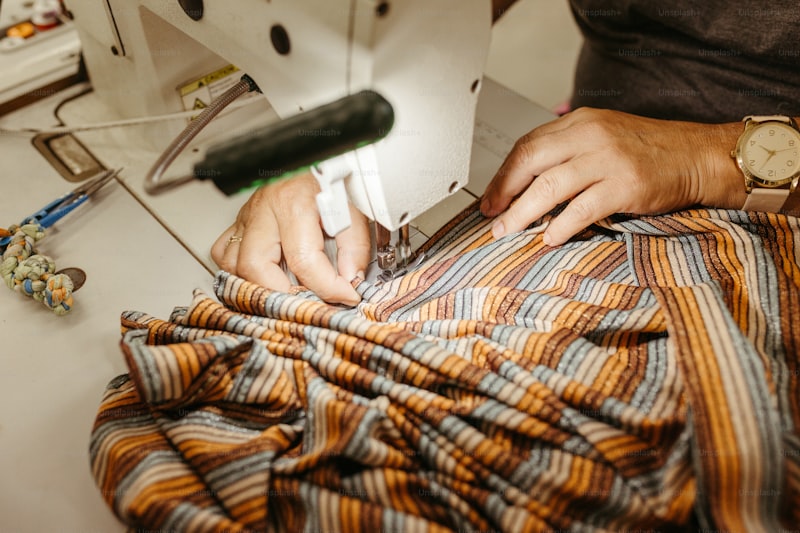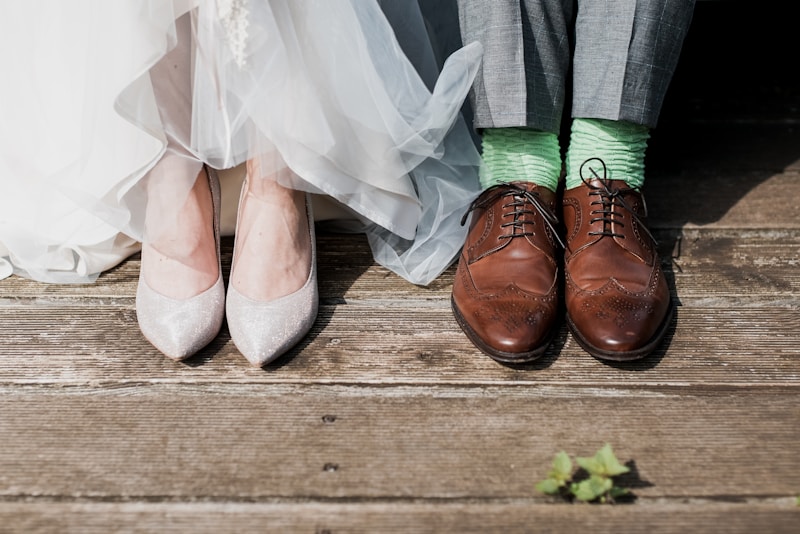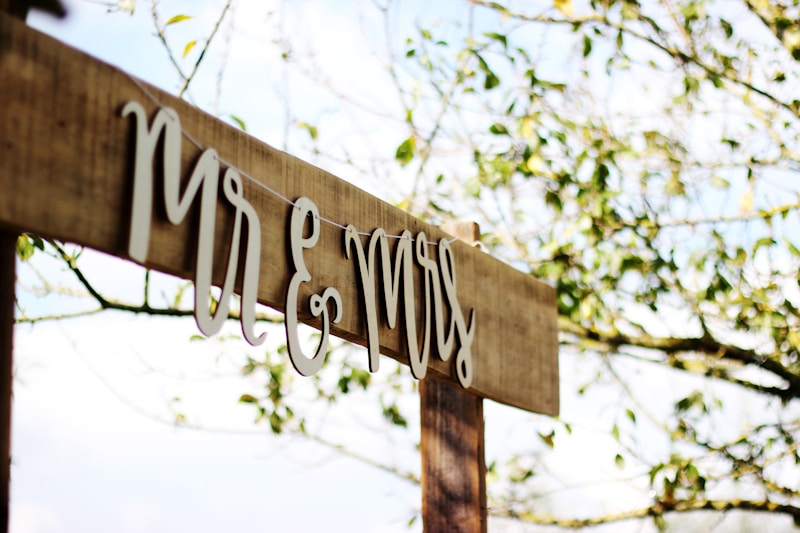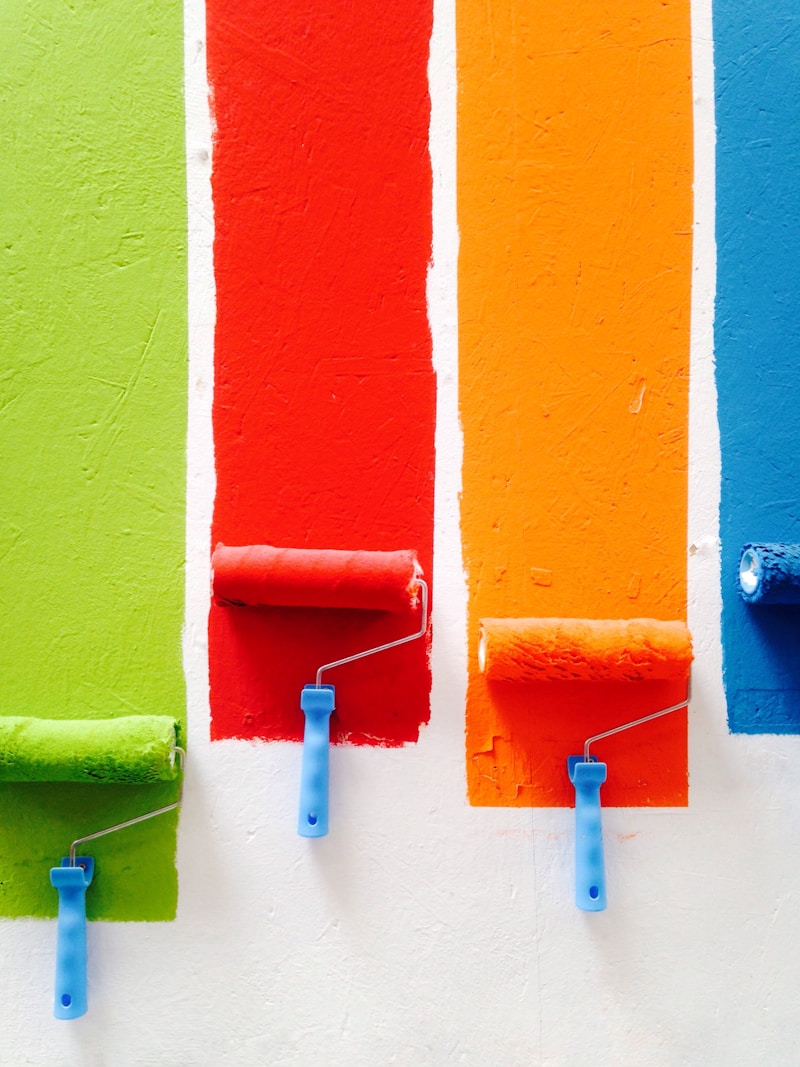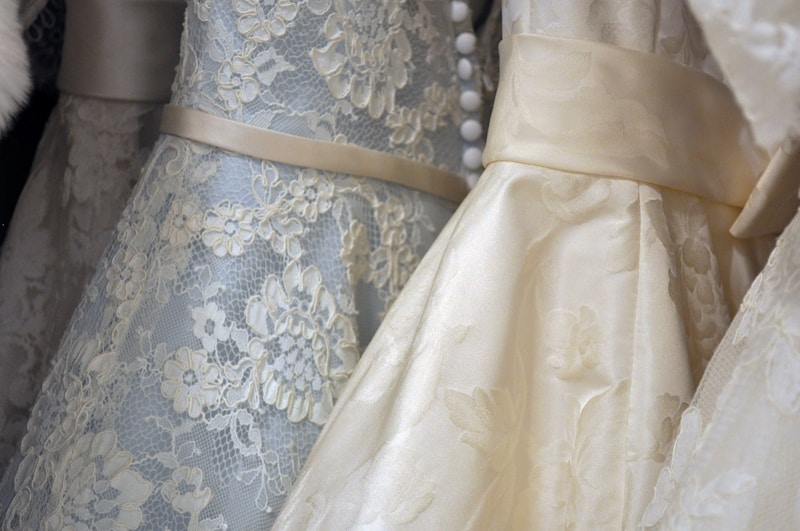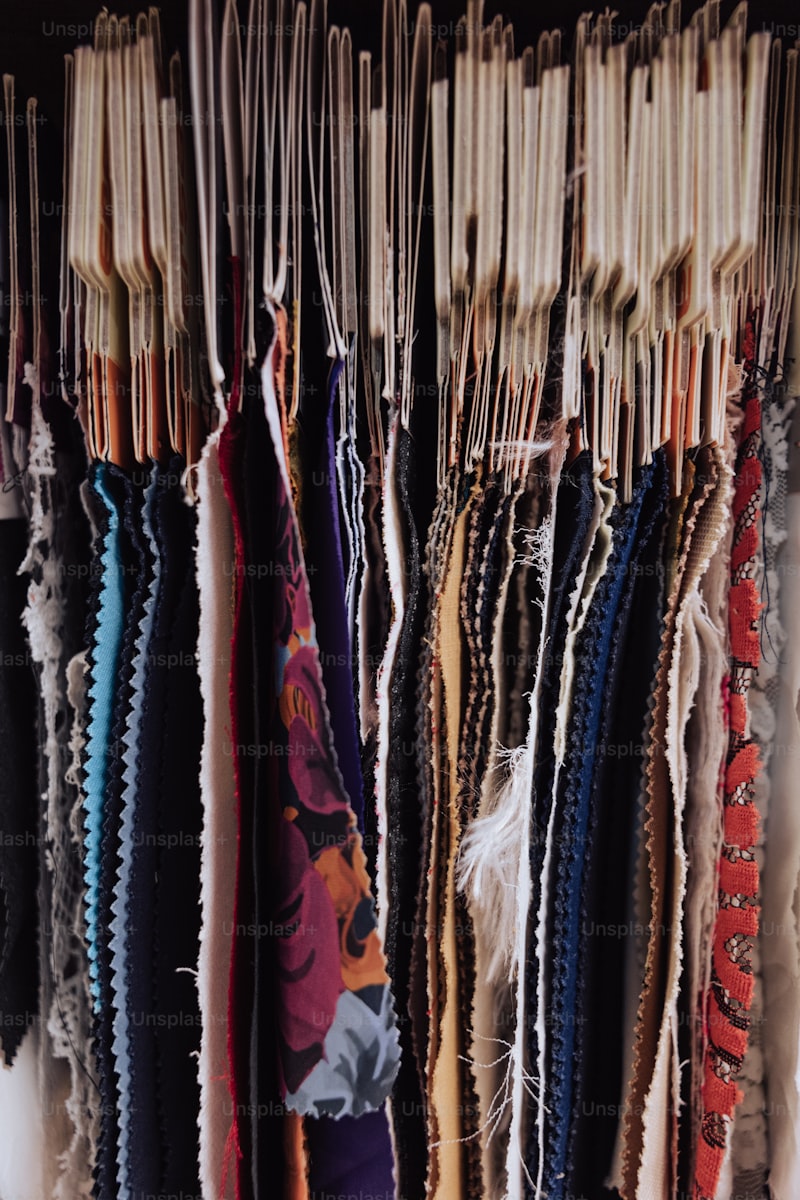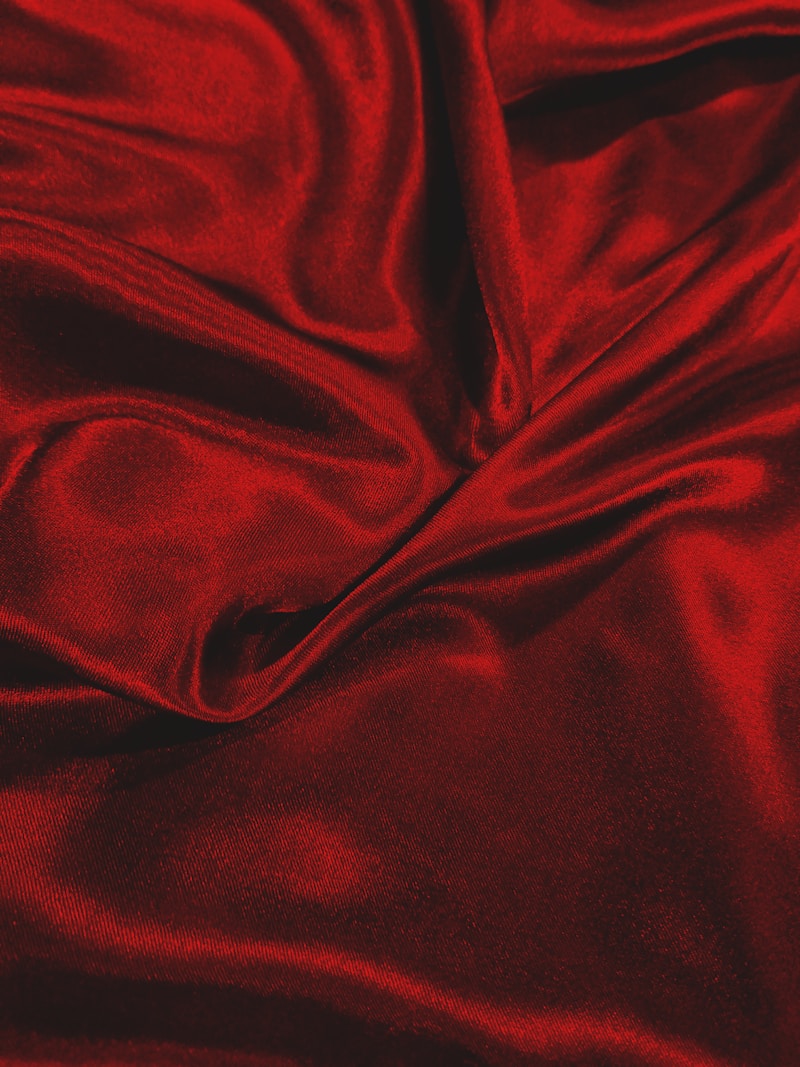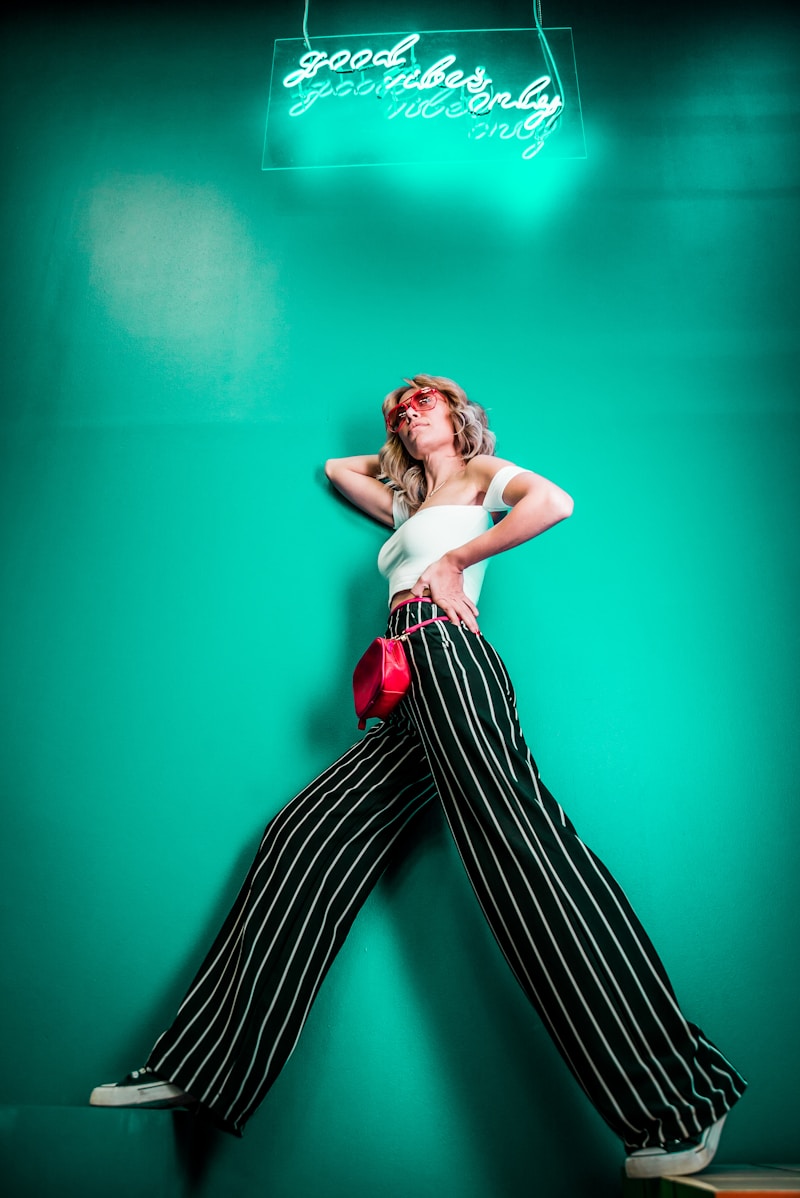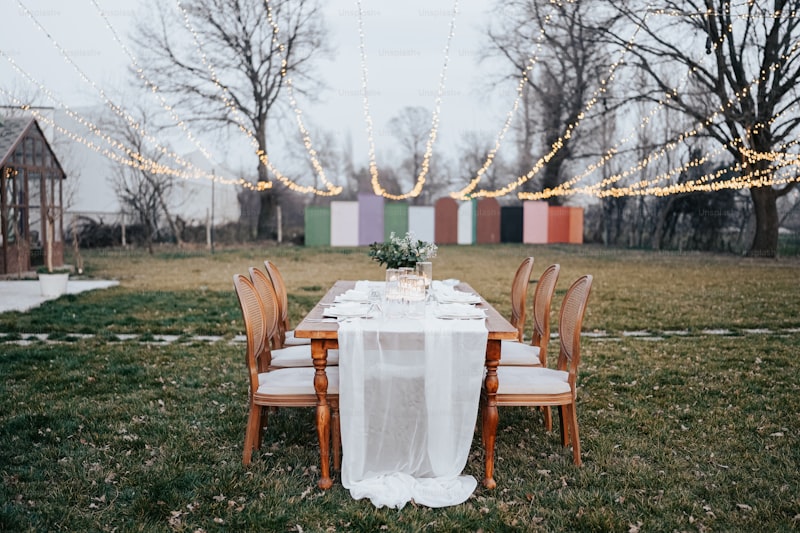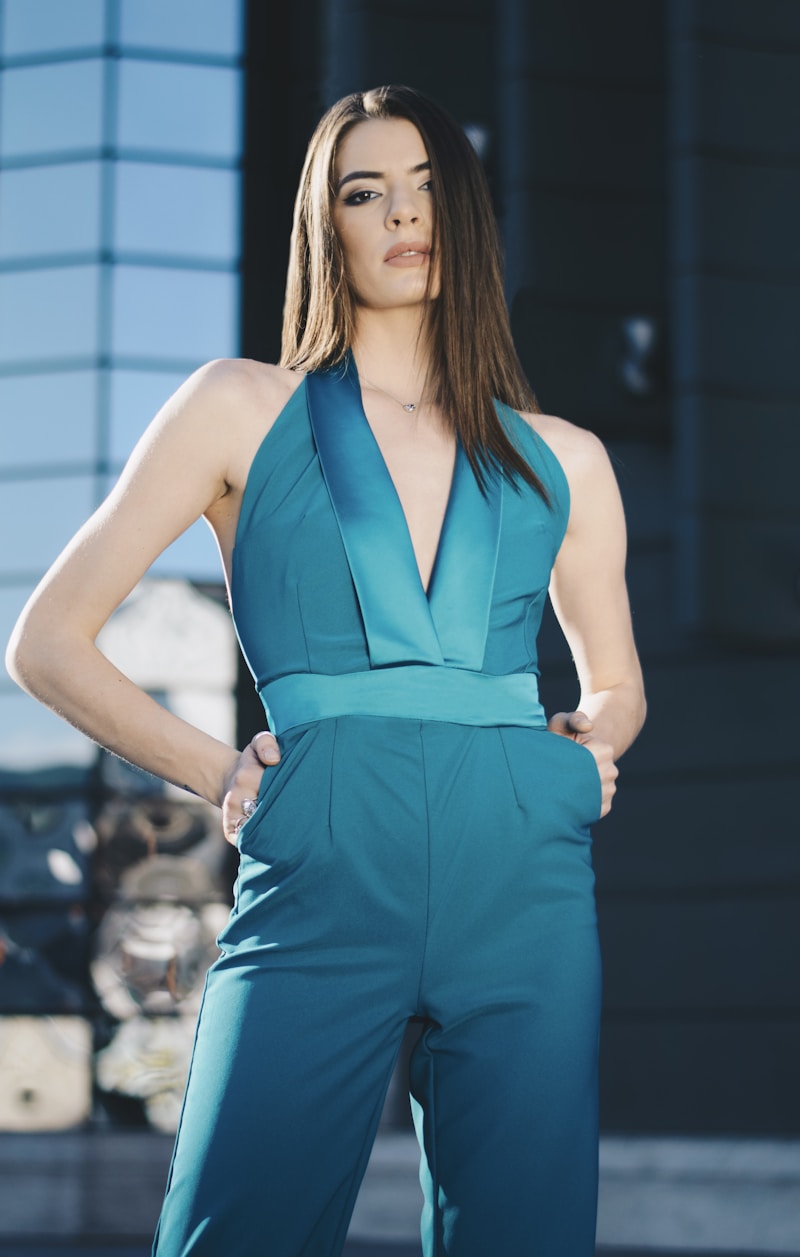Mastering the Art of Mixing and Matching Materials in Gown Design
Introduction to Gown Design Gown design is an art that combines creativity, materials, and meticulous craftsmanship. One of the most compelling aspects of gown design is the ability to mix and match materials effectively. This approach not only enhances the visual appeal of a gown but also contributes to its functionality and comfort. In this article, we will explore the intricacies of mixing and matching materials in gown design, including the types of materials available, techniques to consider, and the impact on the overall design. Understanding Different Materials in Gown Design In gown design, the choice of materials plays a crucial role in determining the final look and feel of the garment. Here are some common materials used in gown design: MaterialCharacteristics SilkLuxurious, flowing, and lightweight ChiffonSoft, sheer, and often used for overlays TaffetaCrisp and structured, offers volume LaceElegant, intricate patterns, adds depth CottonBreatheable, comfortable, often used for casual gowns VelvetRich texture, great for formal gowns Benefits of Mixing Materials Mixing and matching materials in gown design can offer numerous advantages: Enhanced Visual Appeal: Using different fabrics can create stunning contrasts and textures. For instance, pairing silk with lace can add depth and interest. Functional Benefits: Certain materials can serve specific purposes in a gown. For example, using a sturdier fabric for the bodice while using lighter materi...
Understanding Fabric Care and Maintenance: A Comprehensive Guide
IntroductionIn an age where appearance matters, understanding the intricacies of fabric care and maintenance is essential. With a myriad of fabrics available, each requiring specific care methods, knowing the do's and don'ts can prolong the life of your garments. This article will delve into the fundamental aspects of fabric care, ensuring your wardrobe remains in pristine condition.Why Fabric Care is ImportantFabric care isn't just about maintaining aesthetics; it's also about preserving the integrity of the fabric. Proper care can prevent wear and tear, fading, and even odors that can arise from improper maintenance. Let's explore the main reasons why fabric care is crucial: Longevity: Proper care can greatly extend the lifespan of your garments. Quality Retention: Educated care prevents fabric degradation, ensuring quality. Cost-Effectiveness: Investing in care can save money on replacements and repairs. Environmentally Friendly: Maintaining clothes reduces waste and promotes sustainability.Understanding Different FabricsBefore diving into care techniques, it's essential to understand the types of fabrics commonly used in clothing and household items:Fabric TypeCharacteristicsCommon UsesCottonSoft, breathable, and absorbentShirts, denim, beddingWoolWarm, elastic, with natural moisture-wicking propertiesCoats, sweaters, blanketsSyntheticDurable, often wrinkle-resistantSportswear, underwear, outdoor gearSilkLustrous, soft, and lightweightLuxury clothing, scarves,...
Choosing Fabrics for Different Wedding Seasons: The Ultimate Guide
When it comes to planning a wedding, every detail matters, and one of the most crucial decisions is selecting the right fabrics for your wedding attire. The fabric you choose not only affects the overall look of your dress or suit but also plays a significant role in comfort, especially considering the different seasons in which weddings typically take place. This guide will delve into the best fabrics for spring, summer, autumn, and winter weddings, helping you make an informed choice that suits not just your style but the season as well.Understanding Seasonal FabricsEach wedding season comes with its unique climate characteristics, influencing the fabric that will work best for your attire. Let’s break it down by season:Spring WeddingsSpring is a season of renewal and vibrancy, allowing for light and airy fabric choices. The following fabrics are particularly popular for spring weddings: Chiffon: This lightweight fabric is perfect for spring. It drapes beautifully and creates an ethereal look, making it ideal for flowing skirts and soft silhouettes. Lace: Lace adds a romantic touch. It can be used in overlays, sleeves, or even accents on the bodice to enhance your spring look. Silk: Known for its luxurious feel and natural sheen, silk works well for both bridal gowns and bridesmaid dresses.Fabric Table for SpringFabricCharacteristicsBest ForChiffonLightweight, flowing, and breathableBridal gowns, bridesmaid dressesLaceRomantic, intricate designsAccents, overlaysSil...
Fabrics That Inspire Romantic Wedding Looks: A Comprehensive Guide
Creating the Perfect Romantic Wedding with the Right FabricsWeddings are an occasion filled with love, joy, and unforgettable moments. One of the most crucial aspects of any wedding is the choice of fabrics used in the attire and decor. The right fabrics can create a romantic ambiance that enhances the overall theme of your wedding. In this article, we will explore various fabrics that inspire romantic wedding looks and how to choose the best ones to make your special day unforgettable.Understanding Romantic Wedding ImageryRomantic weddings often invoke images of soft colors, flowing fabrics, and delicate textures. Whether you envision a timeless ceremony in a historic venue or an outdoor celebration under the stars, the fabrics you select will greatly influence the atmosphere. Here are some essential fabrics that can inspire romantic wedding looks:FabricDescriptionIdeal UseSilkLuxurious, smooth, and soft to the touch; has a natural sheen.Bridesmaid dresses, wedding gowns, and decorative drapes.LaceElegant and intricate; often used for detailing and overlays.Wedding gowns, veils, and table runners.ChiffonLightweight and flowing; creates a delicate and airy feel.Layered skirts, bridesmaid dresses, and table linens.TulleSoft and ethereal; often used in layers to add volume.Wedding veils, ball gown skirts, and floral arrangements.OrganzaCrisp and sheer; adds structure while remaining lightweight.Ceremony backdrops, sashes, and floral overlays.VelvetRich and opulent; perfect for ...
How Colors Influence Fabric Choice in Bridal Gowns
Choosing the perfect bridal gown is one of the most pivotal moments in any bride’s journey toward her big day. While design, silhouette, and embellishments play crucial roles in this choice, the colors and fabrics used in bridal gowns can shape a bride's entire aesthetic vision. This article dives into the multifaceted relationship between colors and fabric choices in bridal gowns, highlighting how different hues can influence the choice of fabric, the overall look of the gown, and even the sentiments expressed on that special day.Understanding the Psychological Impact of ColorsColors evoke emotions and messages, which is particularly significant in the context of weddings. Each color represents different themes and symbolism: White: Traditionally signifies purity and innocence. Blush: Represents romance and subtlety. Red: Symbolizes love and passion. Blue: Often relates to tranquility and loyalty. Green: Indicates growth and freshness.These color associations greatly impact fabric choices. For instance, a bride opting for a classic white dress might lean toward luxurious fabrics like silk or satin to enhance the classic appeal, while a blush gown might encourage softer, lighter materials like chiffon or tulle.Color and Fabric CompatibilityDifferent colors work better with certain fabrics, creating a cohesive look for the gown. Here is a table summarizing how various colors inspire fabric selections: Color Suggested Fabrics Whit...
Understanding Texture Transforms: A Deep Dive into Fabric and Wedding Aesthetics
Introduction to Texture Transforms in Wedding AestheticsWeddings are the epitome of elegance and beauty, combining various elements that come together to create a memorable experience. One of the most crucial components of wedding aesthetics is the use of texture transforms in fabric. This article will explore the fascinating realm of texture transformations, particularly in relation to wedding fabrics. We will discuss how these textures can transform the overall aesthetic of a wedding, making it more luxurious and visually appealing.Defining Texture in FabricsTexture refers to the surface quality of a material—how it feels to the touch and its visual appearance. In the realm of fabrics, texture can significantly affect the overall look and feel of a wedding. Various types of fabric textures can evoke different emotions and styles, adding depth and character to wedding designs. Common fabric types include silk, lace, chiffon, and tulle, each bringing its own unique texture and aesthetic.The Role of Texture in Wedding AestheticsWedding aesthetics encompass everything from the venue to the attire, floral arrangements, and table settings. Fabric plays a pivotal role in weaving these elements together. The texture of the fabric can enhance or diminish the overall atmosphere of the celebration. Consider the following common textures and their impact on wedding aesthetics:Fabric TypeTextureWedding Aesthetic ImpactSilkSmooth and lustrousCreates a classy and luxurious ambianceLaceInt...
The Significance of Lining in Wedding Attire
Understanding the Importance of Lining in Wedding AttireWhen it comes to planning a wedding, every detail counts, from the venue to the flowers, and most importantly, the attire. For brides and grooms, choosing the perfect outfit is essential, and while many focus on style and fabric, the significance of lining in wedding attire often goes overlooked. In this article, we will delve into why lining matters, the different types of linings available, and how they can enhance your wedding attire experience.What is Lining in Wedding Attire?Lining in wedding attire refers to the material sewn into the interior of a garment, serving various practical and aesthetic functions. It can provide structure, comfort, and coverage, ensuring that the outer fabric falls beautifully and that the garment maintains its shape throughout the day. Understanding the role of lining can help brides and grooms make informed choices for their special day.The Functional Benefits of LiningOne of the primary roles of lining is functionality. Here are several benefits that linings provide:Comfort: A good lining can prevent rough seams and scratchy fabrics from irritating the skin. It creates a smooth layer between the wearer and the outer fabric, promoting comfort throughout the event.Structure: Lining can help garments hold their shape, providing additional support for intricate designs and heavier fabrics. For example, a ball gown can benefit from a structured lining that accentuates its silhouette.Insulat...
Exploring Vintage Fabric Options for Timeless Styles
In the ever-evolving world of fashion, few trends stand the test of time quite like vintage styles. Every era brings its unique charm and aesthetic, and one of the best ways to tap into this nostalgia is through the use of vintage fabrics. In this article, we will explore various vintage fabric options that can help you create timeless styles, how to incorporate them into your wardrobe, and tips for sourcing these treasures.Why Choose Vintage Fabrics?The allure of vintage fabrics lies not just in their history, but also in their quality and uniqueness. Modern mass-produced textiles often lack the character and craftsmanship found in vintage pieces. Vintage fabrics can offer a great alternative for those looking to express their individuality through clothing and home decor.1. Quality and CraftsmanshipMany vintage fabrics were made with techniques and materials that are now hard to find. For example, pre-1970s cottons, silks, and wools often showcased superior durability and unique weaves, which can elevate the look and feel of any piece. The use of such high-quality materials can lead to garments that stand the test of time, both in style and physical longevity.2. Unique AestheticsWhen you wear vintage fabrics, you are wearing a piece of history. Each fabric tells a story, and its design often reflects the artistic movements of its time. Whether it’s the bold prints of the 1960s, the delicate florals of the 1950s, or the luxe textures of the 1920s, vintage fabrics can help cr...
Bridal Fabrics That Create Striking Silhouettes: Elevate Your Wedding Day Style
Introduction to Bridal FabricsChoosing the right bridal fabric is crucial for any bride aiming to make a memorable impression on her wedding day. The fabric not only dictates the overall style of the gown but also determines how it will flatter your figure. In this article, we will explore bridal fabrics that create striking silhouettes, helping you discover the perfect materials to enhance your wedding dress.The Importance of Selecting the Right FabricBridal fabrics can transform a simple design into an extraordinary creation. Factors such as weight, texture, and drape play significant roles in achieving the desired shape and flow. Here are some of the most popular types of bridal fabrics:Fabric TypeCharacteristicsBest ForSilkLuxurious, soft, and fluidA-line and sheath dressesTulleLightweight, airy, and sheerBall gowns and layeringLaceDelicate, intricate patternsVintage and romantic stylesChiffonSoft, flowing, and lightweightFlowy gowns and soft silhouettesSatinGlossy, heavy, and structuredMermaid and trumpet stylesHands-On Guide to Popular Bridal Fabrics1. SilkSilk is often considered the epitome of luxury among bridal fabrics. Its smooth and soft texture creates a beautiful drape that flows with grace. This fabric can enhance various silhouettes, particularly A-line and sheath dresses, giving them an elegant appearance. The natural sheen of silk also adds a touch of sophistication that is well-suited for formal weddings.2. TulleThe delightful texture of tulle makes it a fa...
The Interplay of Fabric and Embellishments: A Comprehensive Guide
Understanding the Harmony of Fabrics and EmbellishmentsIn the dynamic world of fashion, the interplay of fabric and embellishments plays a crucial role in defining a garment's appeal. The careful selection and combination of materials and decorative elements can elevate a piece from ordinary to extraordinary. This article delves deep into the essence of fabrics, the types of embellishments available, and how their interplay creates stunning visual masterpieces.The Significance of Fabrics in Fashion DesignFabrics are the foundation of any garment, serving as the canvas for designers' creativity. They come in various types, each offering unique qualities that affect the overall look and feel of an outfit. Let's explore some of the most popular fabric categories:Fabric TypeCharacteristicsCommon UsesCottonBreathable, soft, versatileCasual wear, shirts, dressesSilkLustrous, smooth, luxuriousEvening wear, lingerie, high-end fashionWoolWarm, durable, insulatingWinter clothing, coats, sweatersPolyesterResilient, quick-drying, easy careActivewear, everyday garmentsLinenLightweight, breathable, texturedSummer clothing, suits, dressesExploring Embellishments: Adding Flair to FabricsWhile fabrics lay the groundwork for a design, embellishments bring vitality and personality to garments. These decorative elements can transform an outfit, making it more than just clothing. Common types of embellishments include:Beading: Adds sparkle and dimension. Often used in evening wear.Embroidery: Int...
Selecting Fabrics for Destination Weddings: A Comprehensive Guide
Destination weddings offer a unique opportunity to celebrate love in stunning locations, whether it be a tropical beach, a rustic vineyard, or a charming European village. One of the most crucial aspects of planning any wedding is selecting the right fabrics for the attire, decor, and overall theme. In this article, we will explore factors to consider when selecting fabrics for destination weddings, examine popular fabric choices, and offer tips to ensure your wedding looks as beautiful as the location itself.Understanding the ClimateWhen choosing fabrics for destination weddings, it is essential to consider the climate of the location. Different weather conditions may call for different fabric types. Here's a breakdown:ClimateRecommended FabricsTropicalLinen, cotton, chiffonTemperateSilk, taffeta, organzaColdVelvet, brocade, heavier silksIn tropical destinations, lightweight and breathable fabrics are essential to ensure comfort, especially during outdoor ceremonies. Linen and cotton, for instance, have excellent moisture-wicking properties and allow for airflow, making them perfect choices. For temperate regions, silk and taffeta can provide a nice balance between elegance and comfort. On the other hand, if you are heading to a colder locale, opting for heavier fabrics like velvet will keep you warm while adding a touch of sophistication.Style and Theme ConsiderationsThe style and theme of your wedding play a significant role in determining the fabrics you should consider. ...
Innovative Fabric Technologies in Bridal Fashion: A New Era of Style and Comfort
In the world of bridal fashion, the quest for the perfect gown is an age-old tradition. Modern brides, however, are now seeking not just beauty but also innovation in the fabrics used in their wedding attire. Innovations in fabric technologies have revolutionized the bridal industry, offering a variety of unique benefits that enhance both the aesthetic and functional aspects of bridal wear. This article delves into some of the most innovative fabric technologies that are making waves in bridal fashion.Understanding Innovative Fabric TechnologiesModern fabric technologies go beyond traditional textile manufacturing. They involve scientific advancements that incorporate various elements including durability, comfort, sustainability, and aesthetics. The pioneering breakthrough materials can transform how brides experience their big day.1. Smart TextilesSmart textiles, or electronic textiles (e-textiles), have gained popularity, offering functionality along with style. These fabrics can integrate technology directly into the fibers, allowing for a range of features: Temperature Regulation: Some smart materials can adapt to temperature changes, ensuring the bride remains comfortable throughout the ceremony and reception. Moisture Control: Advanced moisture-wicking properties help keep brides dry, especially in humid locations. Interactive Elements: Some gowns may even incorporate LED displays for special effects that can be controlled via an app.2. Sustainable FabricsAs sustain...

